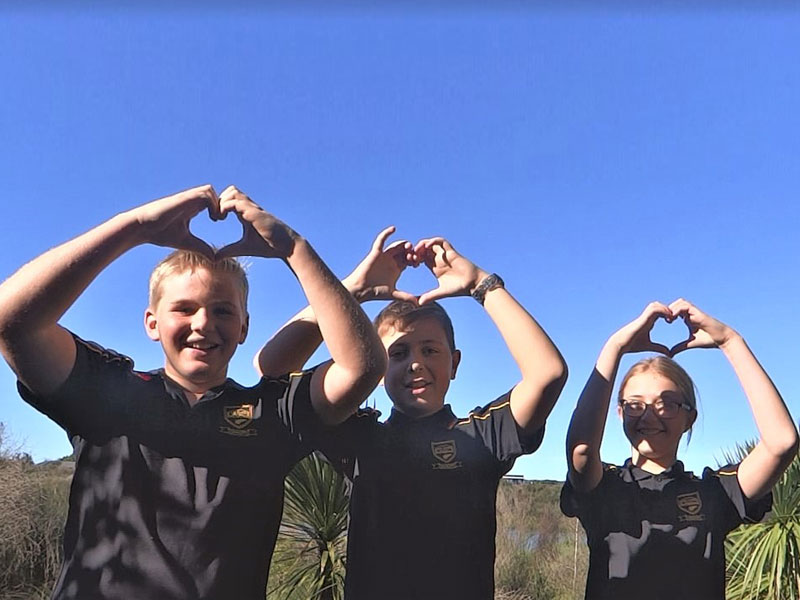Value Wetlands
Wetlands are vital in maintaining healthy ecosystems.
You want clean water? It’s the wetlands that do that job – removing silt and nutrients from land runoff before it pollutes our rivers or lakes.
You want flood or tsunami protection? The wetlands do that too. Storing excess stormwater and slowly releasing it to recharge groundwater.
How about locking up carbon to protect us from climate change? Yep, the wetlands again. Healthy peat bogs are year-round sinks of carbon, locking up to five tons per hectare – indefinitely. Peat bogs put the carbon we burn in our cars back underground.
Watch our video on the role of New Zealand’s peatlands as carbon sinks on this page, or listen to the full podcast on Radio NZ.
Wetlands are also wonderful places to visit with a greater diversity of native birds, fish, invertebrates and plants than most other habitats. Native species include Australasian bittern, mātātā (fernbird), pateke (brown teal) karakahia (grey duck), moeriki (banded rail), taihoropī (NZ dabchick), pūweto (spotless crake), kōkōreke (marsh crake), and over 50 native fish species including inanga, kopukopu and waikaka (black mudfish).
Wetlands are of great cultural and spiritual significance to Maori. They provided Maori with food – wildfowl, tuna (eels) and other freshwater fish. They were also places to grow taro and harvest harakeke (flax) and other materials for medicinal, food, building and crafts.
Despite their great natural wealth, wetlands are still largely a forgotten habitat with their importance under-rated. Over 90 percent of New Zealand’s wetlands have been drained or filled. The National Wetland Trust (NWT) is working to reverse this trend, and to increase knowledge, appreciation and understanding of the value of wetlands.
Look through our website to find out more about wetlands and to see how you can visit or get involved in restoring them. Become a NWT member to help us in our work.
Visit our gallery to see some stunning New Zealand wetlands and get inspired!




















